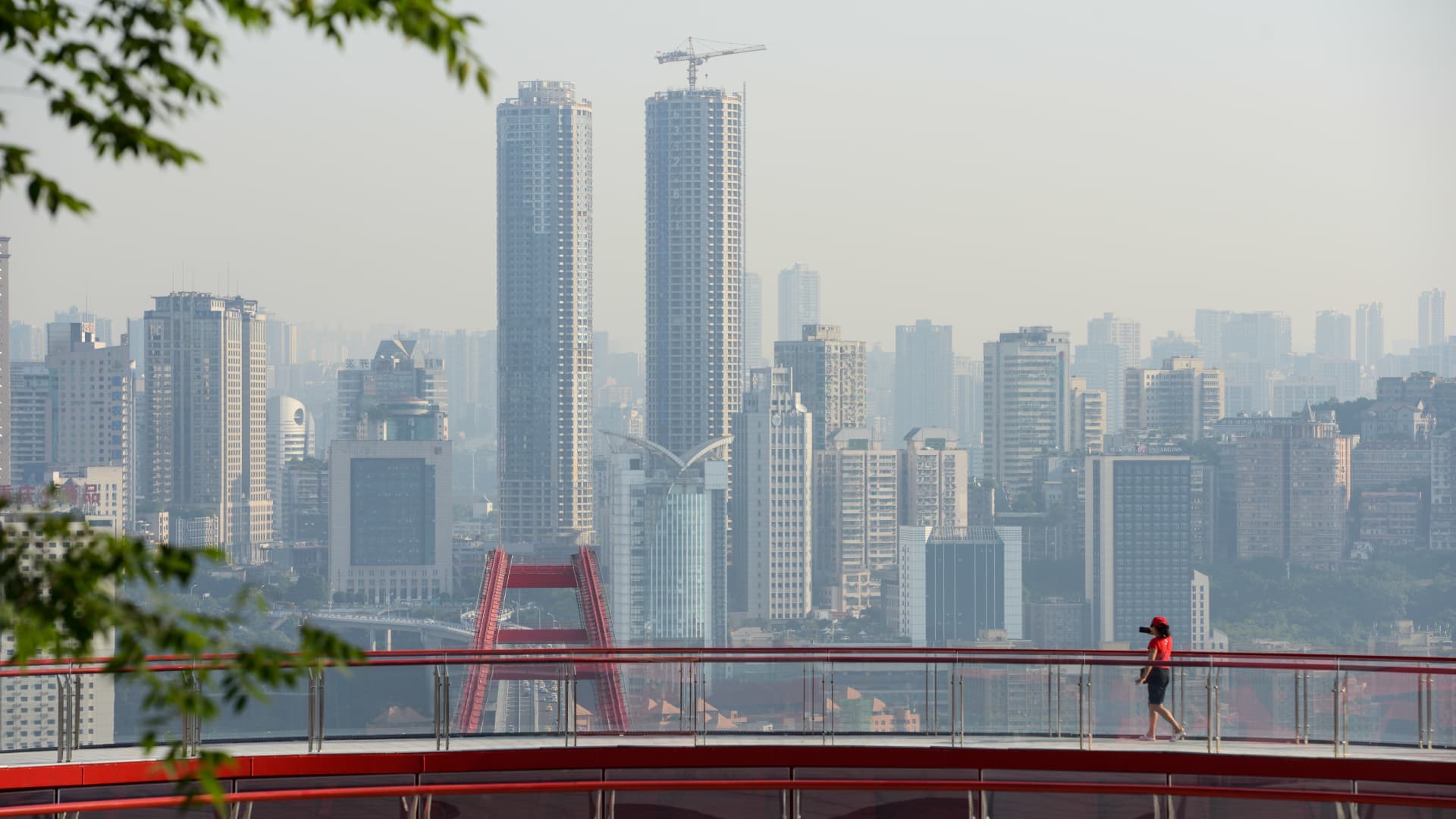China shouldn’t be heading towards Japan-style stagnation as a result of the federal government is behind the most recent property stoop, Yao Yang, dean of an economics division at a prime Chinese language college, advised reporters in late September. Not solely does that suggest latest sluggishness is non permanent, however China’s excessive financial savings charge, synthetic intelligence functions and renewable vitality prowess sign the nation’s longer-term potential, he stated. “I feel we must always evaluate China to Japan within the Nineteen Seventies, as a result of after the Tokyo Olympics in 1964, Japan entered a interval of quick financial development … which lasted for 30 years,” Yao stated in Mandarin, translated by CNBC. He heads the Nationwide College of Growth at Peking College As daring because the declare sounds, Bernstein took the same view in a Sept. 29 observe titled “The Lengthy-View: ‘Japanification’ of China? — Probably not.” Regardless of similarities to Japan within the Nineteen Nineties — comparable to an growing older inhabitants and poor client confidence — China in the present day bears many variations, wrote Rupal Agarwal, director and Asia quant strategist at Bernstein. For instance, China’s urbanization charge in 2022 was 64%, the identical as Japan’s again within the Nineteen Sixties, she stated, noting Japan’s urbanization charge within the Nineteen Nineties was a a lot increased 77%. China can also be main in innovation primarily based on analysis and improvement spending as a proportion of gross sales, the report stated. “Whereas there aren’t any straightforward and fast fixes to China’s financial challenges, we consider there are nonetheless ample levers to deliver again broad-based restoration,” she stated, noting these embrace elevated urbanization and central authorities help on native government-led debt issues. Simpler stated than executed, particularly since that debt and concrete improvement are linked to a struggling actual property sector that is accounted for a couple of quarter of China’s financial system. Whereas Bernstein’s Agarwal did not have inventory picks in her Sept. 29 report, she shared some buy-rated Chinese language shares in a separate report that month — excessive development names nonetheless low-cost relative to five-year valuations. Listed here are three of the shares on the checklist, which did not embrace worth targets: BYD — Bernstein lists the mainland China-traded shares of the Chinese language electrical automobile large, which is on its approach to changing into a worldwide exporter of vehicles. Shares are down by about 7.5% for the yr to date. Estun Automation — Shezhen-listed Estun sells robots and elements for manufacturing facility automation. The inventory is up almost 2% for the yr to date however buying and selling at about half its document excessive reached in 2021. Meituan — the Hong Kong-listed Chinese language meals supply large has suffered together with the remainder of the Hong Kong market this yr, with a 38% decline. The corporate reported a 33% year-on-year surge in second-quarter income and swung to revenue from a loss throughout that point. Financial evaluation and market projections, nonetheless, do stay within the realm of idea. After a summer time of mounting worries about China’s development prospects, KKR’s head of worldwide macro, Henry McVey, made yet one more journey to the area . Versus his go to earlier within the yr, this time individuals had a greater understanding of property issues, he advised me in an interview Thursday. He added that the additional away shoppers moved from the zero-Covid interval, the upper their confidence. “For me, personally, this was a very vital journey as a result of I acquired a a lot better understanding of how the financial system is altering, extra of the structural drivers,” he stated. He pointed to China’s push to cut back carbon emissions and enhance the mixing of tech within the financial system — comparable to by way of automation. These two broad classes of “inexperienced” and “digital” financial system are rising quickly and contributed 1.6 proportion factors and three.1 proportion factors, respectively, to China’s GDP development final yr, versus the three.7-percentage-point drag from actual property, in line with KKR estimates revealed final week. China’s GDP rose by 3% final yr, below strain from Covid-related restrictions that resulted in December. Citi within the final week revised up its China GDP forecast to five% for the yr, across the nationwide goal. — CNBC’s Michael Bloom contributed to this report.








